7 Tips to Know About Top Things to Know Before Buying Happy Houseplants
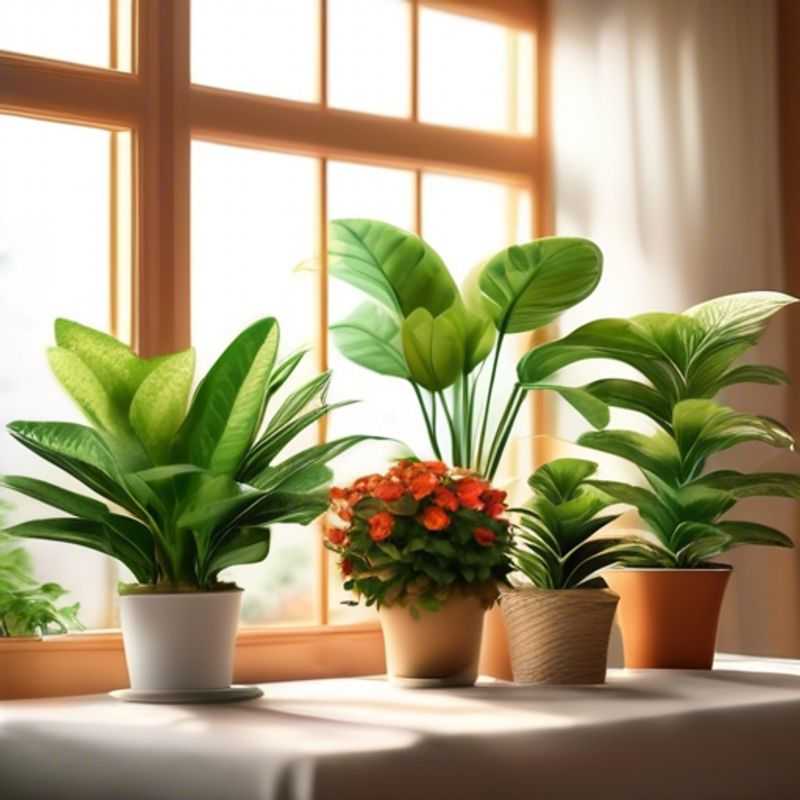
7 Tips to Know Before Buying Happy Houseplants: Research Care Requirements, Consider Sunlight & Humidity Needs, Choose a Pot with Drainage, Learn Repotting Techniques, Inspect for Pests & Diseases, Create an Ideal Environment, Be Prepared for Care & Maintenance
Bringing a touch of nature indoors can be incredibly rewarding, but before you embark on your plant-parent journey, there are a few crucial things to consider. These seven tips will guide you towards a happy and thriving home garden:
1. Research the specific care requirements for the houseplant species.
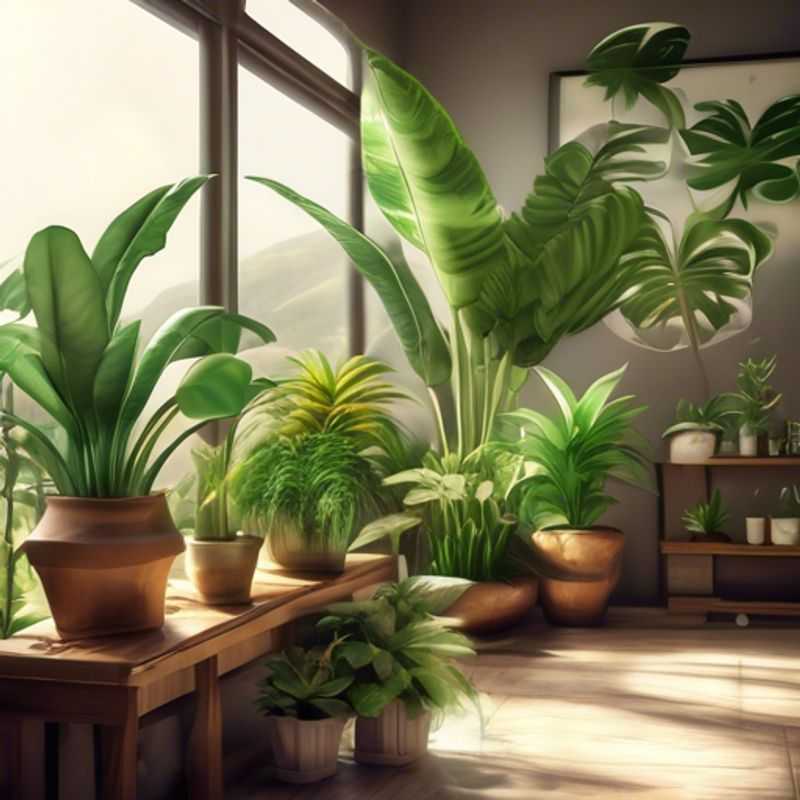
Unlocking the Secrets of Your Houseplants: Understanding Specific Care Requirements
Identifying the specific care requirements for your houseplant is paramount to its health and longevity. The first step is to accurately identify the species. This can be done through online resources, plant identification apps, or consulting with a horticultural expert. Once identified, you can delve into its specific needs.
Light is a crucial factor. Different plants thrive in varying levels of sunlight. Some prefer bright, direct light, while others flourish in indirect light or even shade. Understanding your plant's light preference is essential to its growth.
Watering is another critical aspect. Each species has unique hydration needs. Overwatering can lead to root rot, while underwatering can cause dehydration. Observing the soil moisture and the plant's overall appearance can help you determine when it needs a drink.
Humidity is also important for some plants. Certain species, particularly tropical ones, require higher humidity levels. You can increase humidity by using a humidifier, placing the plant on a pebble tray filled with water, or grouping plants together.
Fertilization provides essential nutrients for growth. However, over-fertilizing can be detrimental. It's recommended to use a balanced fertilizer specifically formulated for houseplants and follow the instructions carefully.
Temperature plays a role in a plant's well-being. Some plants thrive in warm temperatures, while others prefer cooler environments. Understanding the optimal temperature range for your species is crucial for its health.
Repotting becomes necessary when the plant outgrows its current container. Repotting allows for proper root development and continued growth. Choose a pot that is slightly larger than the previous one and use fresh, well-draining potting mix.
Remember that observing your plant closely is the key to providing the right care. Notice any changes in its growth, color, or leaf texture. These observations can help you identify potential issues and adjust care accordingly.
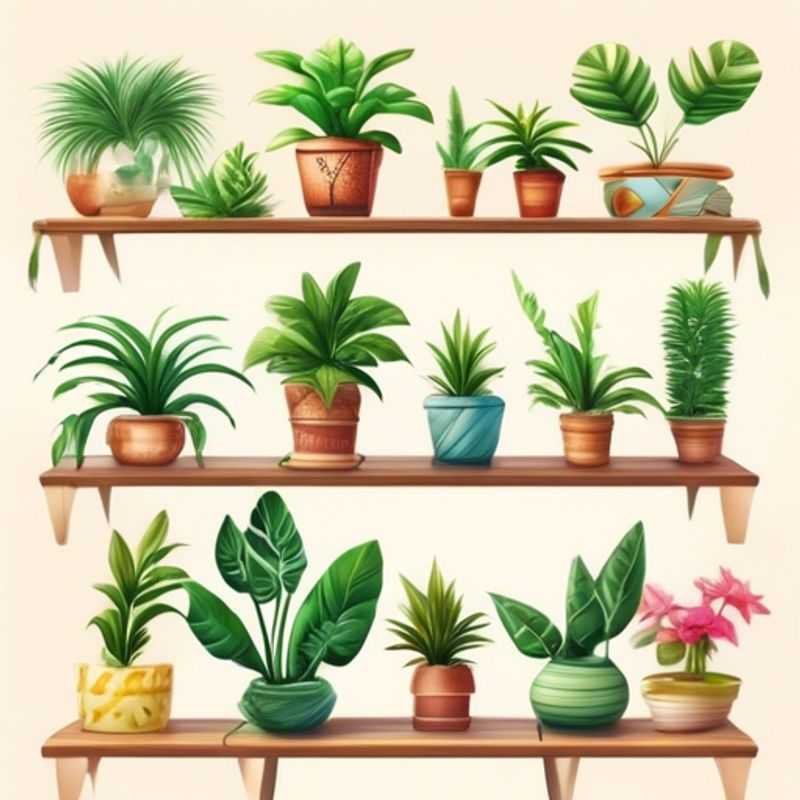
Sunlight, Water, and Humidity: Tailoring Your Plant's Environment for Success
Understanding a plant's needs for sunlight, water, and humidity is crucial for its thriving. Each plant species has unique requirements, so research is key. Start by identifying the plant's type and consult a gardening guide or website for its specific needs.
Sunlight is a fundamental requirement. Some plants, like succulents, thrive in full sun, while others, like ferns, prefer shade. Observe the plant's leaves for clues. If they are wilting or discolored, it may indicate insufficient sunlight. Conversely, if the leaves are burnt or crispy, it may be getting too much sun.
Watering is equally important. Different plants have varying water needs. Overwatering can be just as detrimental as underwatering. Check the soil moisture before watering. If it feels dry to the touch, it's time to water. Observe for signs of overwatering, such as yellowing leaves or drooping stems.
Humidity is another factor to consider. Some plants prefer dry environments, while others thrive in humid conditions. Tropical plants, for example, need higher humidity. You can increase humidity by grouping plants together, using a humidifier, or placing a tray of water near the plants.
Remember that these are general guidelines. The specific needs of your plant may vary depending on its individual growth stage, the environment, and other factors. Regular monitoring and adjustments are key to successful plant care.
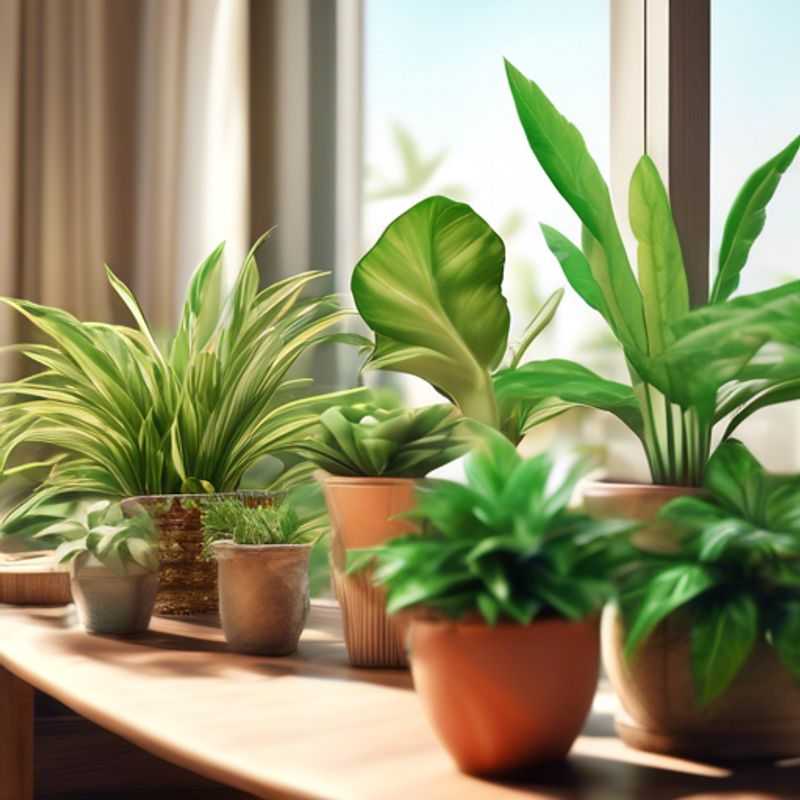
Choosing the Right Pot: Drainage for Happy Plants
Choosing the right pot with proper drainage is crucial to prevent overwatering and keep your plants healthy. Drainage holes are essential for allowing excess water to escape, preventing the roots from sitting in soggy soil.
Look for pots with drainage holes at the bottom, ideally multiple holes for efficient water flow. You can also add a layer of gravel or pebbles at the bottom of the pot to enhance drainage.
Consider the material of the pot as well. Terracotta pots are porous and allow water to evaporate, reducing the risk of overwatering.
If you choose a pot without drainage holes, you can create your own by drilling them yourself. However, be careful not to crack the pot.
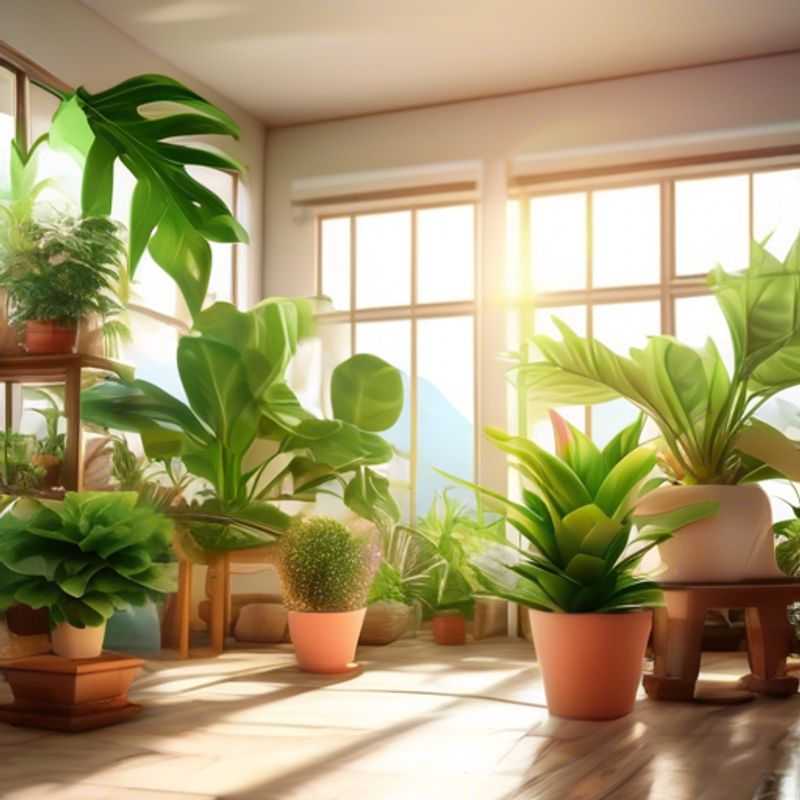
From Tiny Sprout to Thriving Plant: Mastering the Art of Repotting and Transplanting
Repotting and transplanting plants is a crucial part of their care, allowing them to thrive in their new homes. Here's a simple guide to help you get started:
Choose the Right Pot: Select a pot slightly larger than the plant's current container. Ensure the pot has drainage holes to prevent root rot. Consider using a pot made of breathable material like terracotta.
Prepare the New Pot: Fill the new pot with fresh potting mix that suits the plant's needs. Avoid packing the mix too tightly, leaving about an inch of space at the top.
Gently Remove the Plant: Water the plant thoroughly before removing it from its current pot. Use a gentle tapping or twisting motion to loosen the plant. Avoid pulling on the stem, as this could damage the roots.
Inspect the Roots: Examine the roots for any signs of circling or damage. If necessary, carefully untangle the roots to promote healthy growth.
Place in the New Pot: Center the plant in the new pot, ensuring the top of the root ball is level with the rim. Carefully fill in the spaces around the root ball with fresh potting mix.
Water and Support: After planting, water the plant thoroughly until water drains out of the drainage holes. You can provide support to the plant using stakes if needed.
Acclimate to New Environment: Place the newly repotted plant in a shaded location for a few days to acclimate to its new home. Gradually introduce it to brighter conditions over time.
Remember, the best time to repot plants is during their active growing season. If you're unsure about the appropriate repotting time or methods for your specific plant, consult reliable gardening resources.
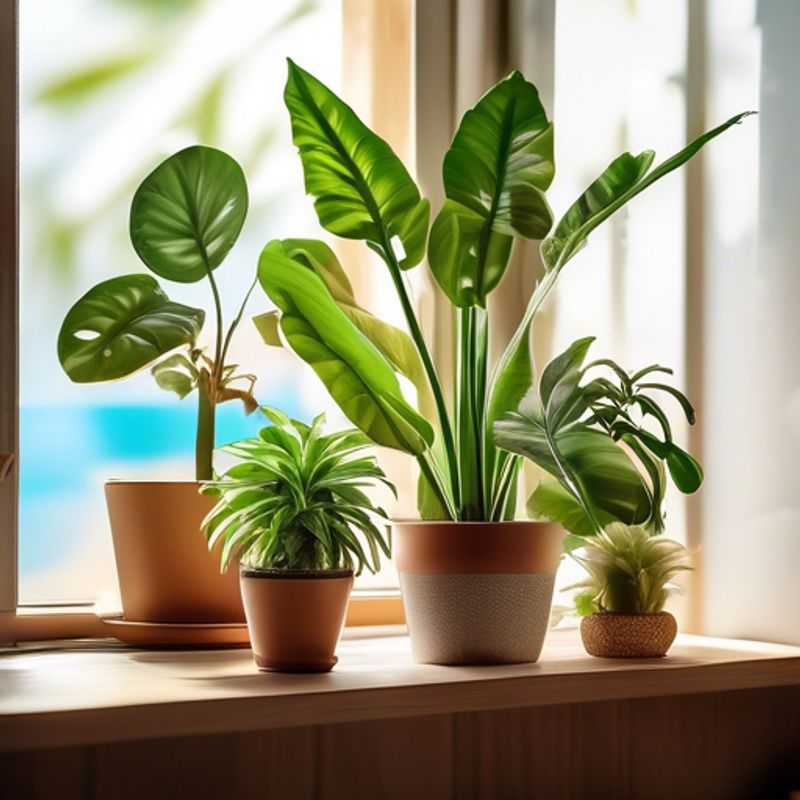
Pre-Purchase Plant Inspection: A Guide to Spotting Pests and Diseases
Before you bring a new plant home, take a moment to inspect it for any signs of pests or diseases. This quick check can save you a lot of trouble later on. Look for visible insects, like aphids, mealybugs, or spider mites. These might be crawling on the leaves or stems. Also, check for signs of damage, like holes in the leaves, discolored spots, or wilting. If you suspect a pest infestation, carefully examine the plant for signs of eggs or webbing, and ask the seller about any recent treatments. A healthy plant is more likely to thrive in your home, and your other plants will be safer from infestation.
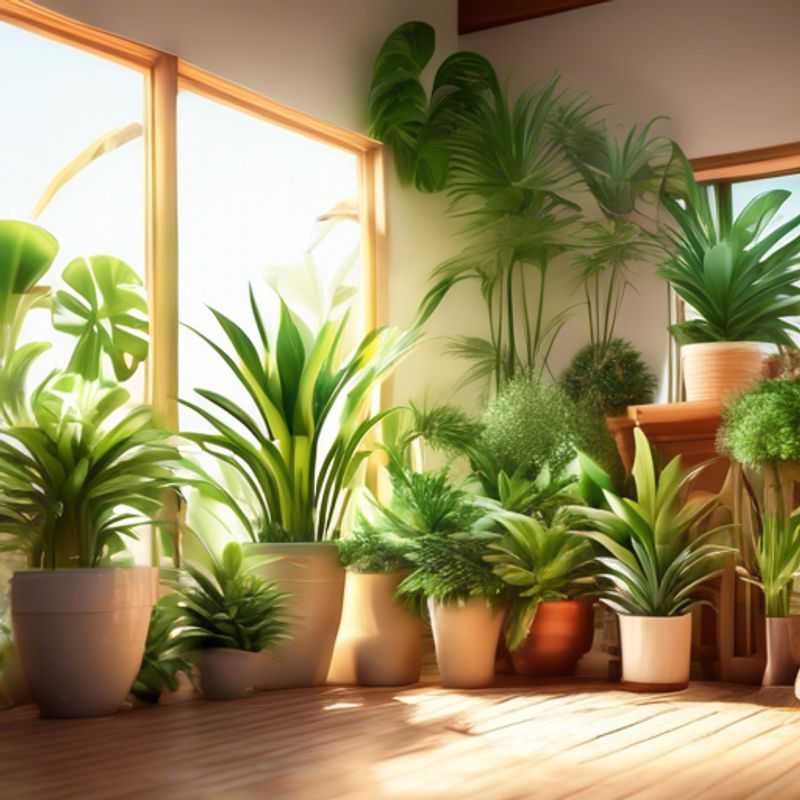
Cultivating Paradise: Creating the Perfect Environment for Plant Growth and Health
Creating the perfect environment for your plants is like crafting a cozy home for them. You want to provide the right blend of sunlight, water, and nutrients to ensure their thrive. Each plant is unique, so understanding their specific needs is vital.
First, light plays a crucial role. Some plants love basking in direct sunlight, while others prefer a shady nook. Knowing if your plant is a sun-lover or shade-tolerant is key. If you have low light conditions, consider using grow lights to supplement natural sunlight.
Next, water is essential for plant life, but too much can drown them. The trick is to water deeply but infrequently, allowing the soil to dry slightly between waterings. The type of soil also matters. Well-draining soil prevents root rot and keeps water from pooling.
Finally, nutrients are like vitamins for plants. They need a balanced diet of nitrogen, phosphorus, and potassium to flourish. You can achieve this with a good quality fertilizer, remembering to follow the instructions carefully.
Remember, monitoring your plants' health is essential. Keep an eye out for any signs of distress, such as wilting, yellowing leaves, or pests. Addressing issues promptly can prevent them from escalating.
Creating a thriving environment for your plants is a rewarding experience. By providing the right combination of light, water, and nutrients, you can witness their growth and beauty firsthand.
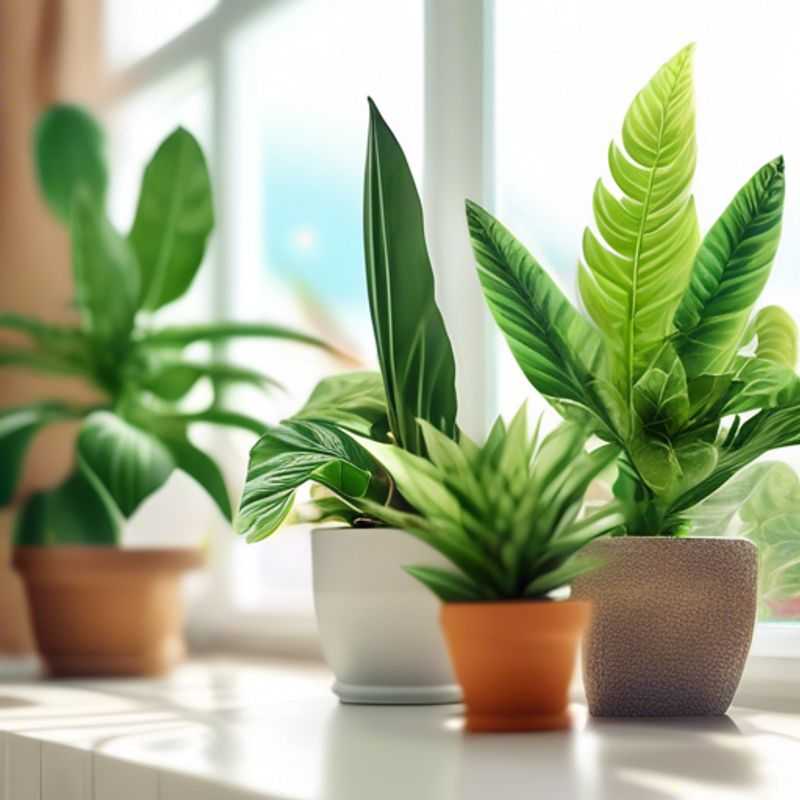
Beyond the Purchase: Providing Essential Care and Maintenance
Be prepared to provide the necessary care and maintenance is a crucial aspect of any product or system's longevity. It encompasses a range of activities designed to ensure optimal performance, prevent premature failure, and extend the lifespan of the asset. This typically includes regular inspections, cleaning, lubrication, repairs, and replacements.
The costs associated with care and maintenance can vary depending on the complexity of the product, its usage frequency, and the availability of spare parts. It is essential to factor in these expenses when planning for the acquisition and operation of any product or system.
Here are some of the key elements that contribute to the cost of Be prepared to provide the necessary care and maintenance:
Labor Costs: The cost of skilled technicians or maintenance personnel who perform the necessary inspections, repairs, and replacements.
Materials Costs: The cost of replacement parts, consumables, and other materials required for maintenance.
Training Costs: The cost of training for personnel involved in the maintenance process.
Software and Technology: The cost of software tools or technologies used for predictive maintenance or remote monitoring.
By understanding these costs and planning accordingly, you can ensure that the Be prepared to provide the necessary care and maintenance is a financially viable aspect of your operations.
